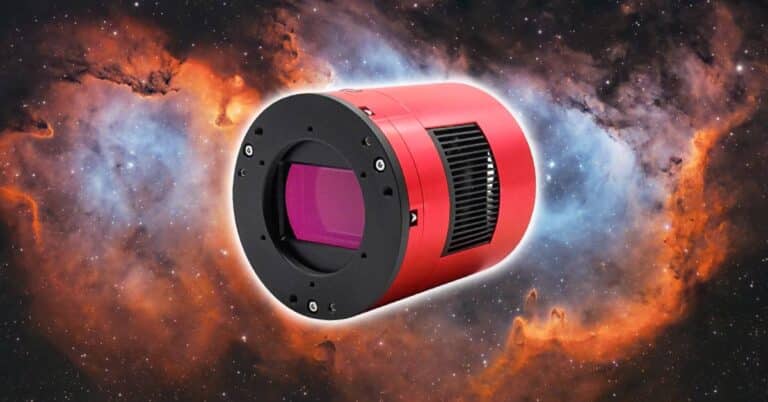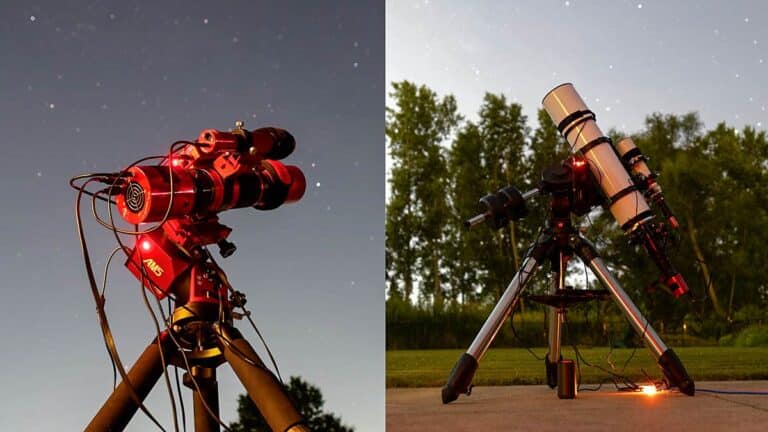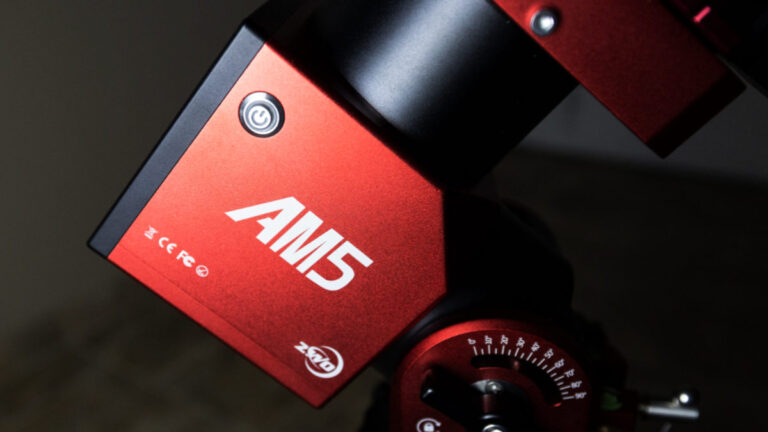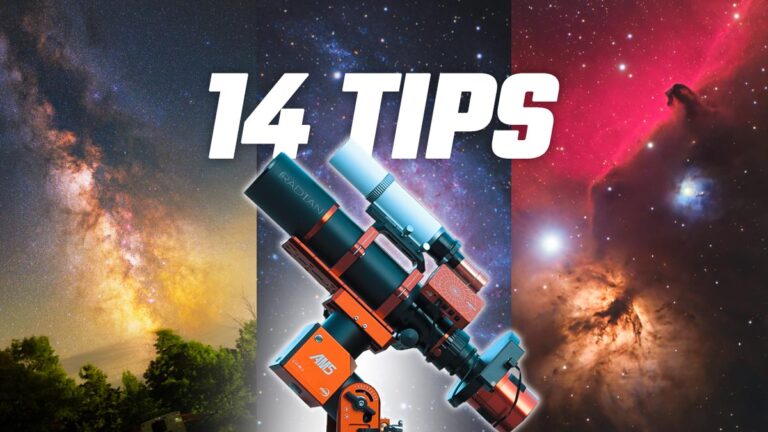Askar SQA55 Full Review
Key Takeaways The Askar SQA55 uses high-quality optics to produce astrophotography images that are sharp, flat, and well-corrected. It features an innovative design with a variable aperture, similar to a camera lens with a manual focus ring. The small aperture (55mm) and short focal length (264mm) mean it is unsuitable for planetary imaging or photographing…











